How JHA’s Prison Monitoring Works
Through our prison monitoring, JHA is committed to two vitally interconnected goals: (1) advocating for safe, humane, and cost-effective prison reform and (2) providing the most accurate picture possible of the facilities we monitor.
Our reports include the perspectives of those who are incarcerated—as well as staff and administration’s perspectives—because we believe that along with other information we gather through our monitoring process, these perspectives give our readers invaluable and otherwise inaccessible information about prisons and the experiences of people who live and work in them. This is consistent with best practices and international human rights guidance on prison monitoring, which all emphasize that “talking with persons deprived of their liberty forms the basis of the process of documenting the conditions of detention.” (See Monitoring Places of Detention: A Practical Guide, pg. 80, emphasis in the original)
There are four kinds of information that JHA uses to write our prison monitoring reports.
First, we assemble data from the Illinois Department of Corrections (IDOC) and Illinois Department of Juvenile Justice (IDJJ), gathered from sources including questionnaires we submit to a facility’s administration, the agency’s mandated Annual and Quarterly reports to the legislature, and conversations we have with the administration during and after our prison visits. As part of our process, we also submit draft reports to facility administrators in order to ensure there are no factual errors before we publish. JHA provides IDOC and IDJJ the opportunity to respond to anything we include in our reports.
Second, JHA uses our staff’s and citizen volunteers’ direct observations of conditions from our monitoring visits and site reviews.
Third, we ground our work in the perspectives of people who live and work in prisons, which we learn about through interviews on our monitoring visits, anonymous surveys administered to residents and staff during visits, and privileged outside communications with currently and formerly incarcerated people, their loved ones, and correctional staff.
Fourth, we rely on our research of policy and best practices to guide and supplement our findings and recommendations.
To be clear: While JHA believes that interviews with people who are incarcerated are an essential part of our monitoring process, we never take individual statements at face value. The problem is not simply that residents, staff, or administration may not want to tell an outside observer like JHA what is really happening. More fundamentally, it is that few, if any, people possess a complete, accurate, and unbiased account of all the things that happen in prison. We note the limitations of anecdotal information and do not publish individual claims that do not represent clear trends we observe through our monitoring and communications efforts or of which we can not confirm the accuracy. On a given prison visit, JHA interviews between 80-100 people. Our Prison Communications team also corresponds with incarcerated people and their loved ones every year through letters, phone calls, and emails—which are coded and tracked in our database. Research demonstrates this kind of information is vital to the operations of Illinois’ prison system, as attitudes shape the culture of correctional facilities and can have wider implications for security. Including these perspectives in our reports provides IDOC with an important opportunity to respond and educate its population about its policies and procedures, and also shows people who are incarcerated and their loved ones that JHA uses what we learn from them in our advocacy.
JHA is constantly looking for ways to improve our work and expand our impact. We believe that our monitoring process - including use of our experience, expertise, best judgment and the information available to us - provides the most readily available, in-depth and accurate account of what is going on inside our prisons.
